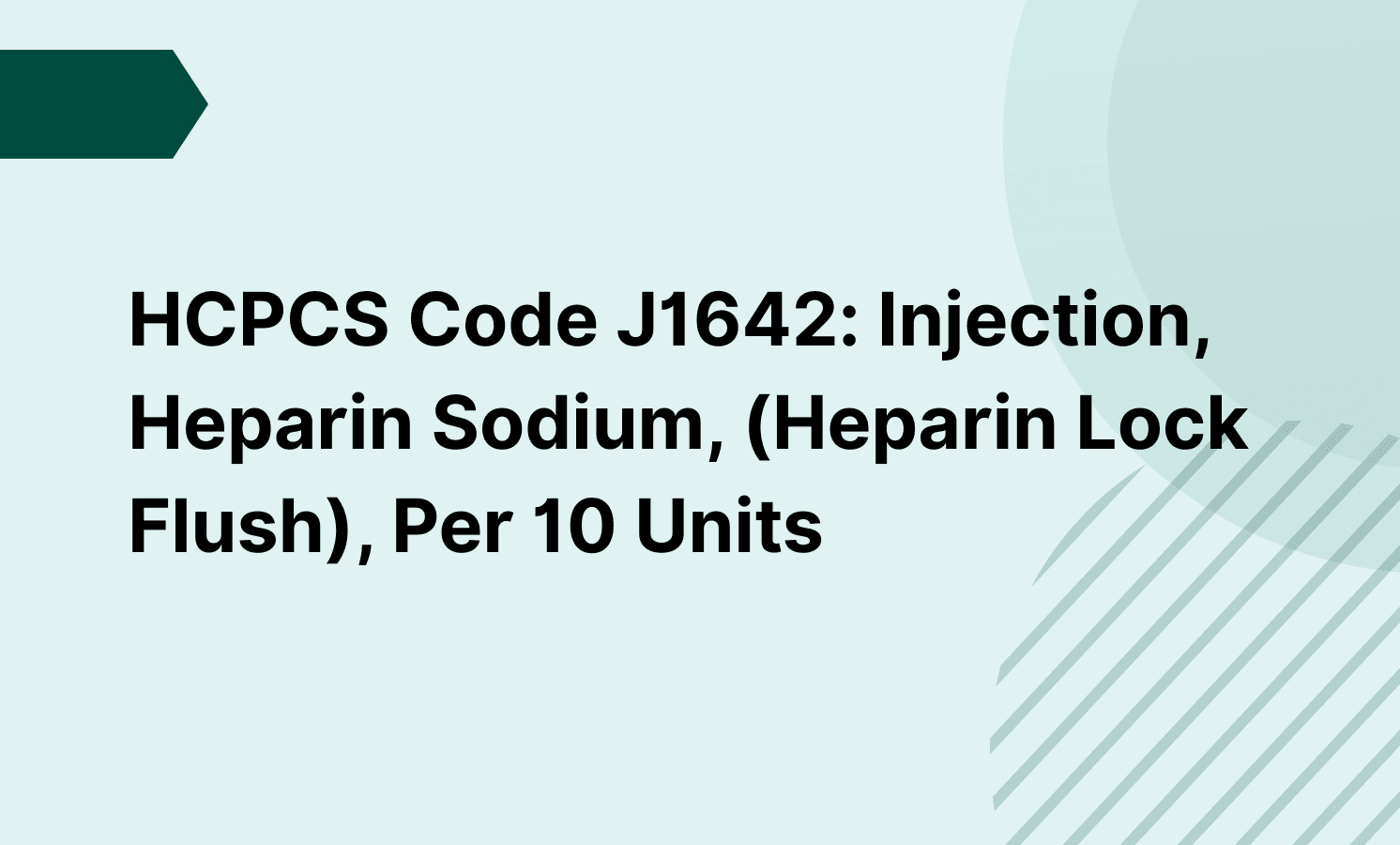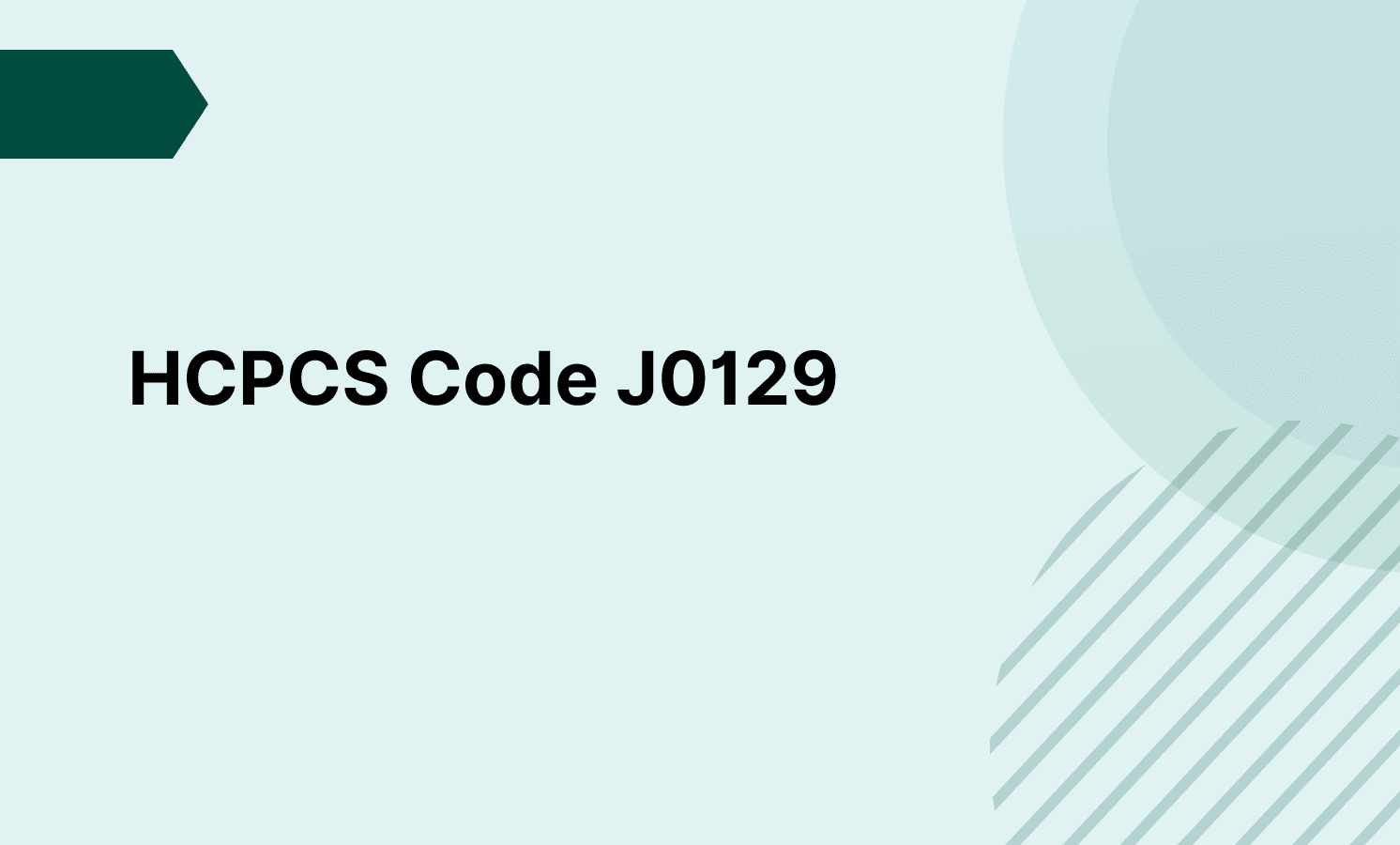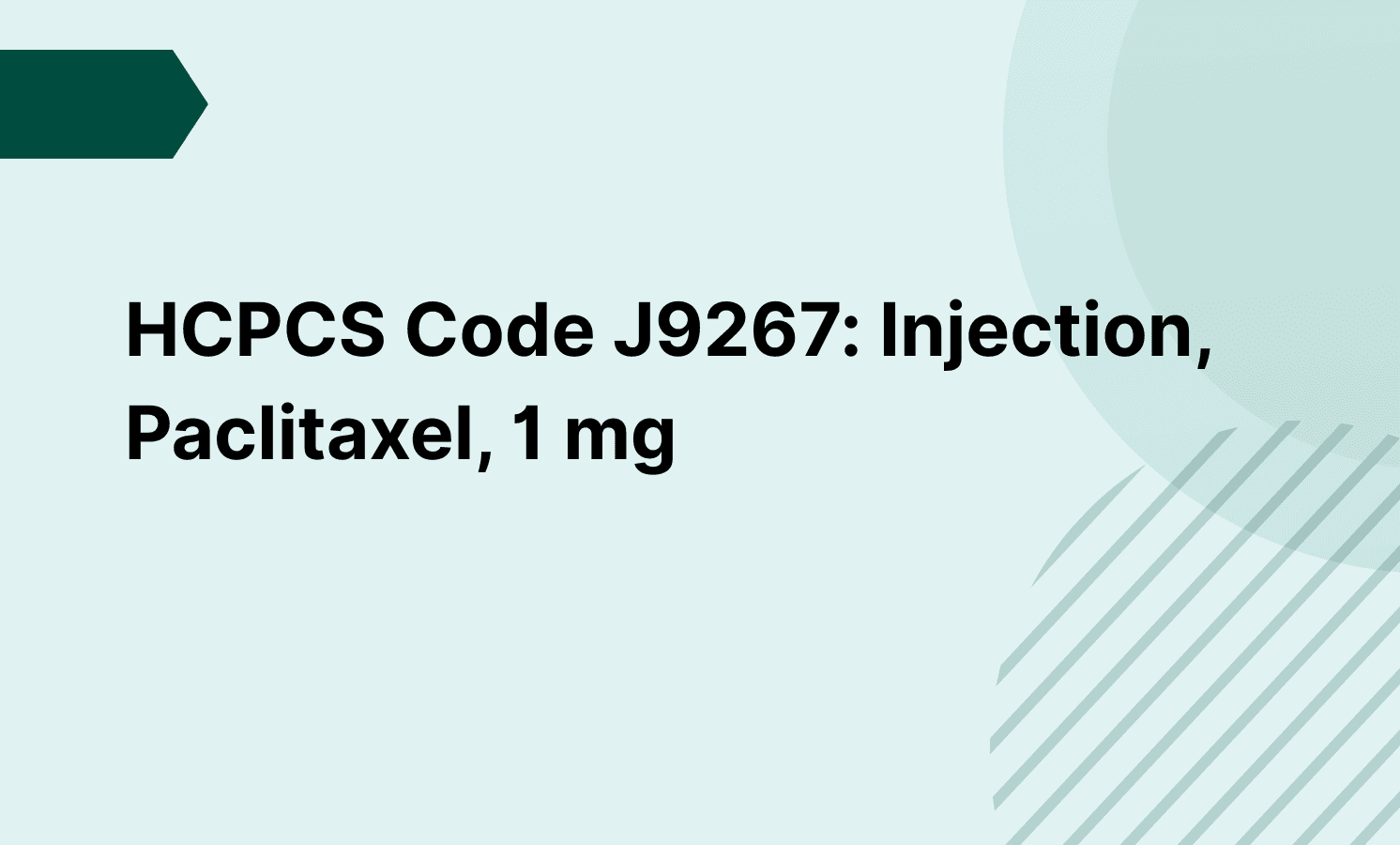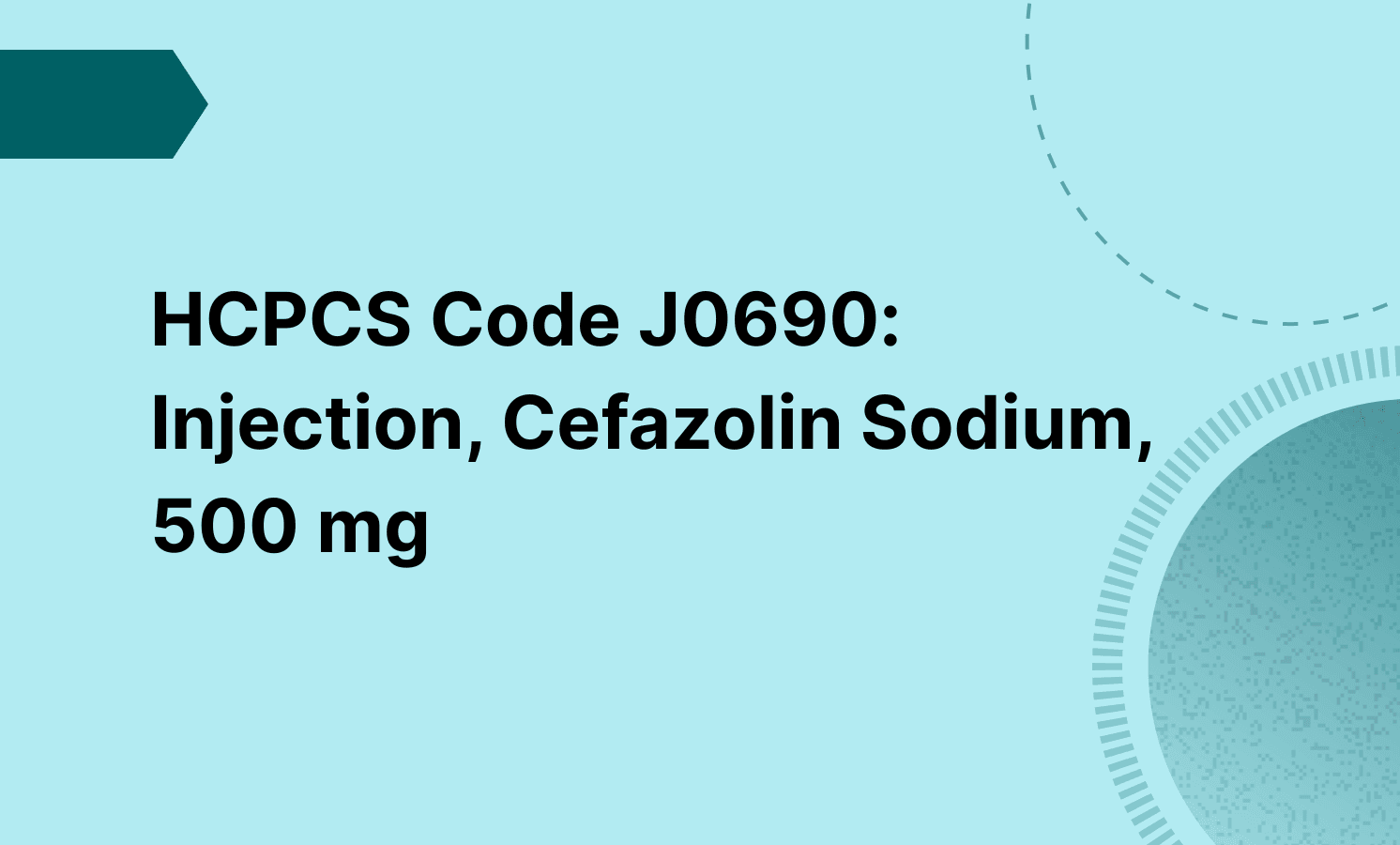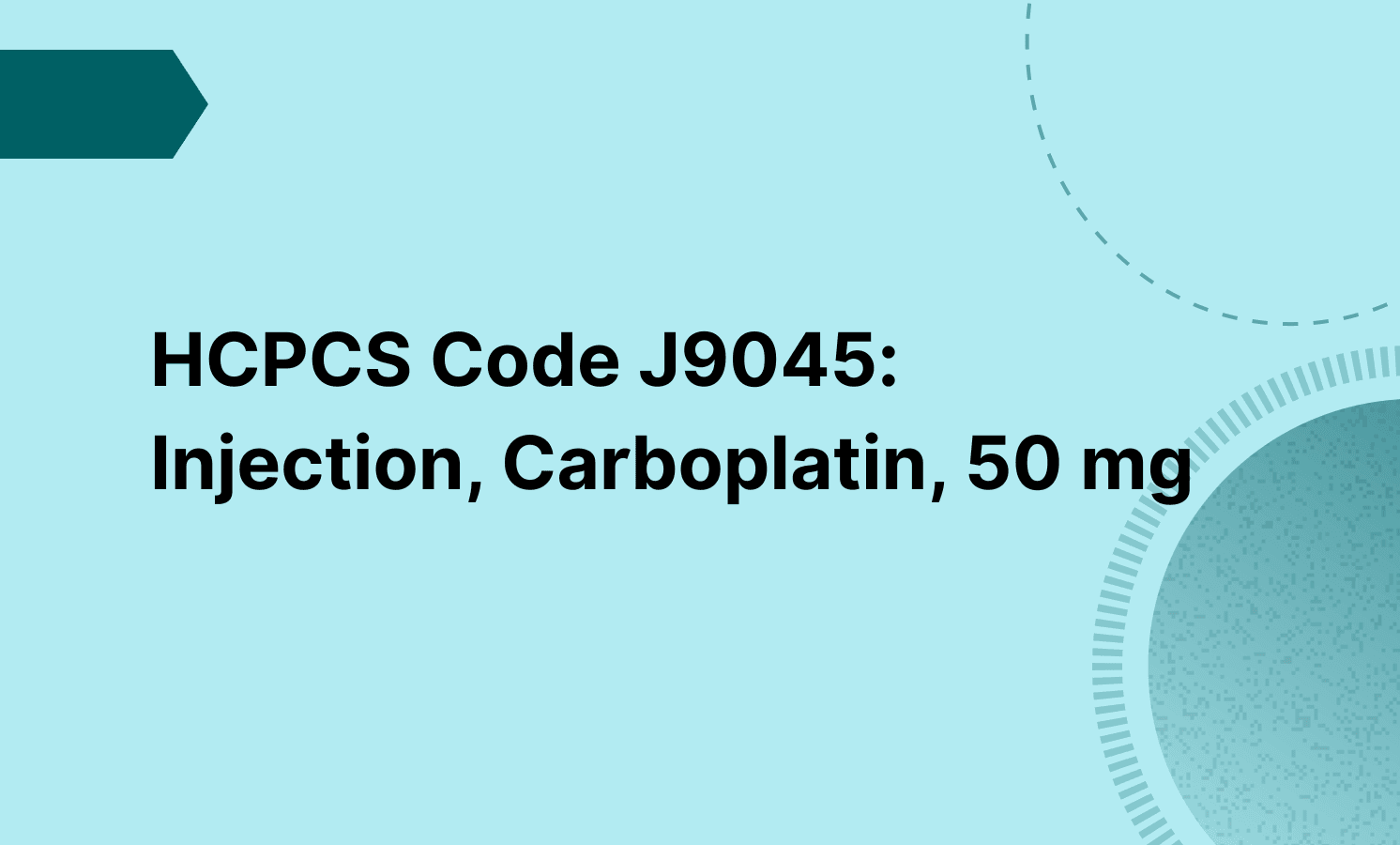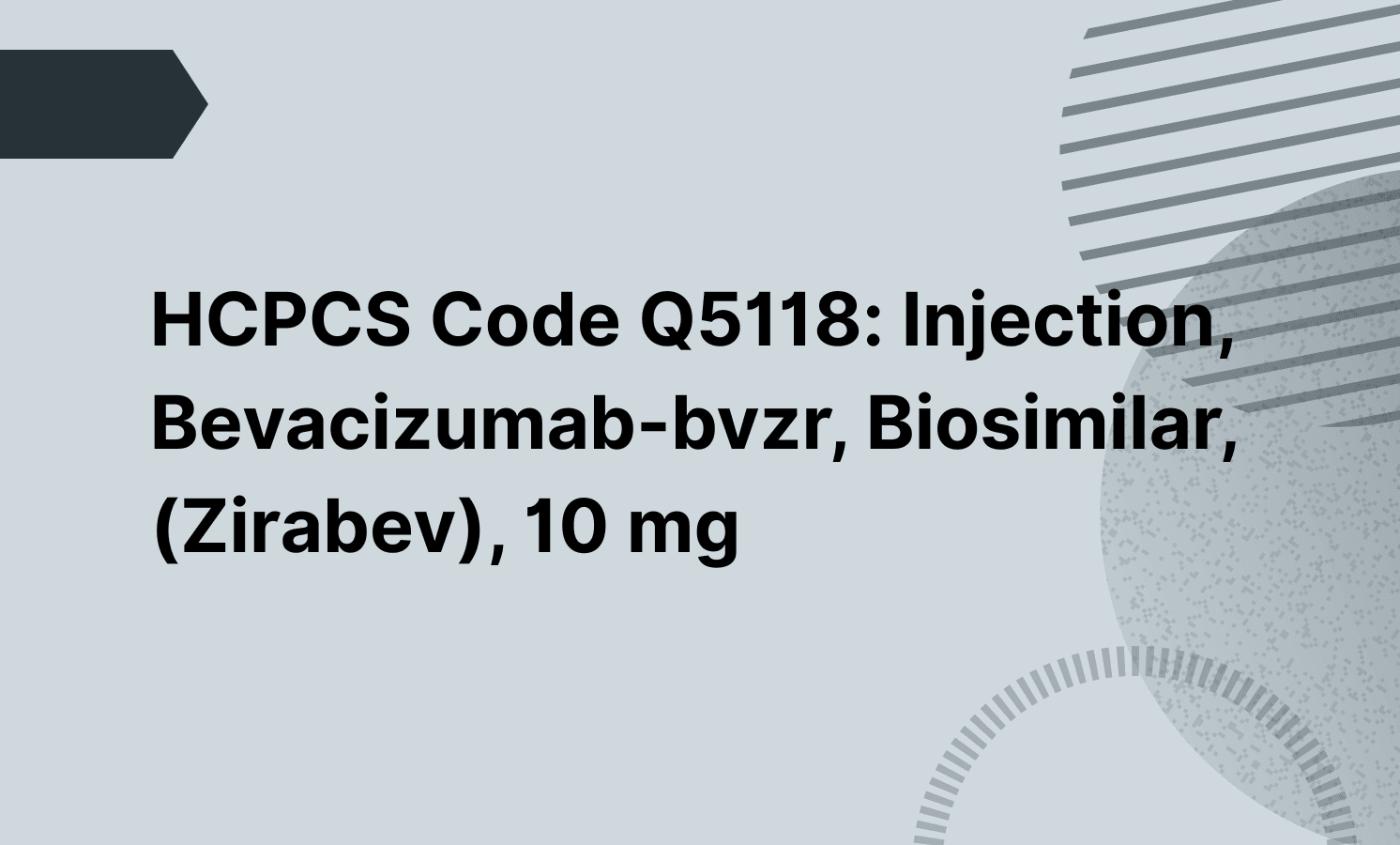CPT code 43239 refers to an esophagogastroduodenoscopy (EGD) with biopsy, where a healthcare provider visually examines the upper gastrointestinal tract and collects tissue samples for diagnostic purposes. This procedure helps diagnose gastritis, GERD, ulcers, or suspected malignancies.
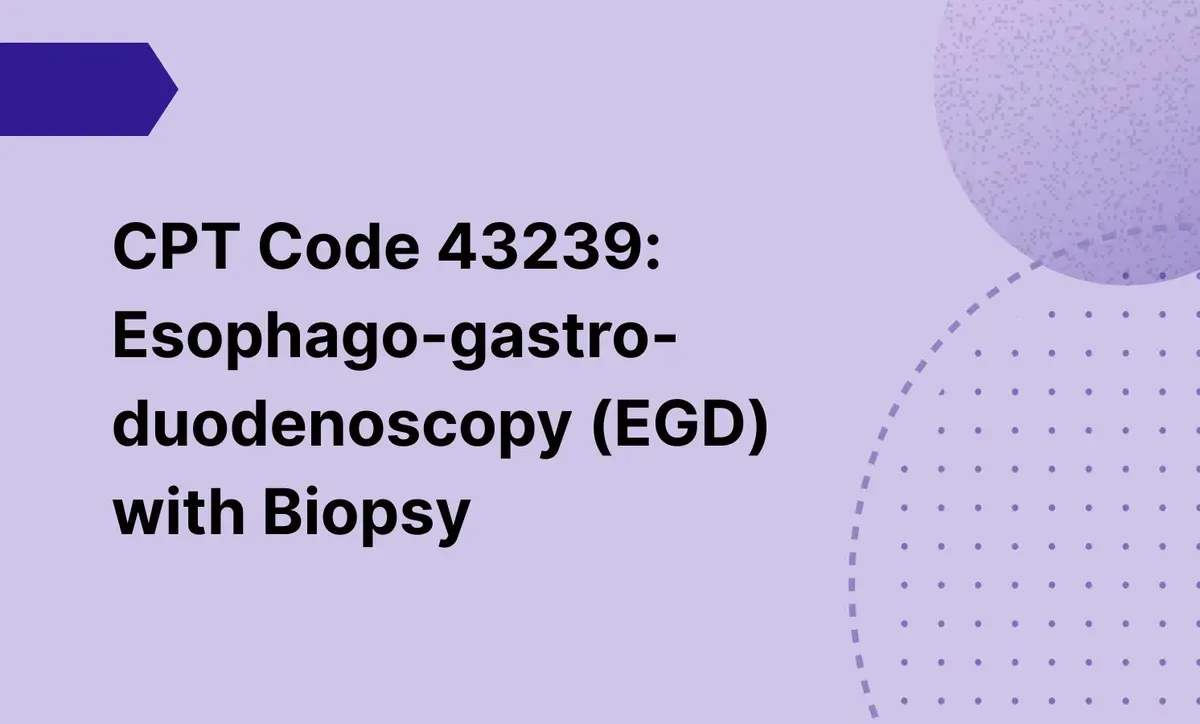
CPT Code 43239: Esophagogastroduodenoscopy (EGD) with Biopsy
Learn about CPT code 43239 for EGD with biopsy, including documentation requirements, coding guidelines, and billing practices for accurate claims.
Frequently asked questions
CPT 43235 is used for a diagnostic EGD without biopsy, while CPT 43239 is reported when one or more biopsies are taken during the procedure. The key distinction is whether or not tissue samples are collected for further examination.
An EGD procedure code refers to a CPT code that describes esophagogastroduodenoscopy, a procedure where the esophagus, stomach, and duodenum are examined using an endoscope. These codes, such as CPT 43235 or 43239, specify whether biopsies or other interventions were performed during the endoscopy.
EHR and practice management software
Get started for free
*No credit card required
Free
$0/usd
Unlimited clients
Telehealth
1GB of storage
Client portal text
Automated billing and online payments

